If you're cooking and need an Aleppo chili substitute, you're in luck! The best options are simple pantry staples that mimic its unique flavor. Here's a quick reference guide for substitution ratios and flavor profiles to ensure your dish stays delicious.
| Substitute | Heat Level | Flavor Profile | Substitution Ratio | Best Uses |
|---|---|---|---|---|
| Paprika (smoked) | Low | Smoky, sweet, mild | 1:1 | Rubs, marinades, roasted vegetables |
| Paprika (sweet) | Very low | Sweet, earthy | 1:1 + pinch cayenne | Salads, dips, egg dishes |
| Cayenne pepper | Very high | Sharp, intense heat | 1/4 tsp per 1 tsp Aleppo | Spicy sauces, chili, hot dishes |
| Crushed red pepper flakes | Medium-high | Grainy texture, bright heat | 1:1 (reduce by 20% for heat) | Pasta, pizza, soups |
| Pre-made Aleppo blend | Medium | Authentic fruity, salty notes | 1:1 | Any recipe requiring authentic flavor |
| Chili powder | Medium | Complex, cumin-forward | 1:1 (adjust other spices) | Tacos, stews, chili con carne |
For most recipes, start with a 1:1 ratio for paprika or pre-made blends. If using cayenne or red pepper flakes, reduce the amount by 20-50% to avoid overpowering heat. Always taste and adjust as you cook.
Why You Might Need an Aleppo Chili Substitute
Aleppo chili is prized for its balanced heat and fruity notes, but it's often unavailable or expensive. Common reasons to substitute include:
- Local grocery stores don't carry it
- Budget constraints (authentic Aleppo costs 2-3x more than alternatives)
- Need for immediate cooking without special trips
Cooking Tips with Aleppo Chili Substitutes
- Start small: Add 1/4 of the substitute first, then adjust to taste
- Balance heat: For spicy substitutes, add a pinch of sugar or acid (lemon juice/vinegar) to mimic Aleppo's natural balance
- Texture matters: Crushed red pepper flakes add crunch - toast them first for smoother texture
- Store properly: Keep substitutes in airtight containers away from light to preserve flavor
Frequently Asked Questions
What is the closest substitute for Aleppo chili?
The closest substitute is smoked paprika with a pinch of cayenne. Use 1 tsp smoked paprika + 1/8 tsp cayenne for every 1 tsp Aleppo chili. This replicates the smoky sweetness and mild heat most accurately.
How much substitute should I use for Aleppo chili?
For paprika or pre-made blends: 1:1 ratio. For cayenne or red pepper flakes: use 1/4 to 1/2 the amount. Always start with less and adjust - you can add more heat but can't remove it.
What's the difference between Aleppo chili and regular chili powder?
Aleppo chili is a single-ingredient dried pepper with fruity, salty notes and moderate heat. Regular chili powder is a blend of multiple chilies plus cumin, garlic, and oregano, resulting in stronger earthy flavors and inconsistent heat levels.
Can I make my own Aleppo chili substitute at home?
Yes! Mix 2 parts sweet paprika, 1 part cumin, 1/4 part cayenne, and a pinch of salt. For authentic flavor, add a tiny bit of dried oregano and lemon zest. Store in an airtight container for up to 6 months.
Why is Aleppo chili so expensive/difficult to find?
Aleppo chili comes from a specific region in Syria and requires special processing (dried, salted, and oiled). Supply chain disruptions and limited production make authentic versions rare and costly outside the Middle East. Most "Aleppo" products sold elsewhere are imitations.
Does Aleppo chili taste like cayenne pepper?
No. Aleppo has mild heat (10,000 SHU) with fruity, wine-like notes and saltiness. Cayenne is much hotter (30,000-50,000 SHU) with sharp, one-dimensional heat and no complexity. Cayenne should only be used as a small component in substitutions.
Conclusion
Having the right Aleppo chili substitute transforms your cooking when the real thing isn't available. By understanding heat levels and flavor profiles, you can confidently replace it with pantry staples like paprika or cayenne. Remember: start with less, taste often, and adjust to match the unique balance of Aleppo's mild heat and fruity notes. Your dishes will stay delicious without special trips to specialty stores.
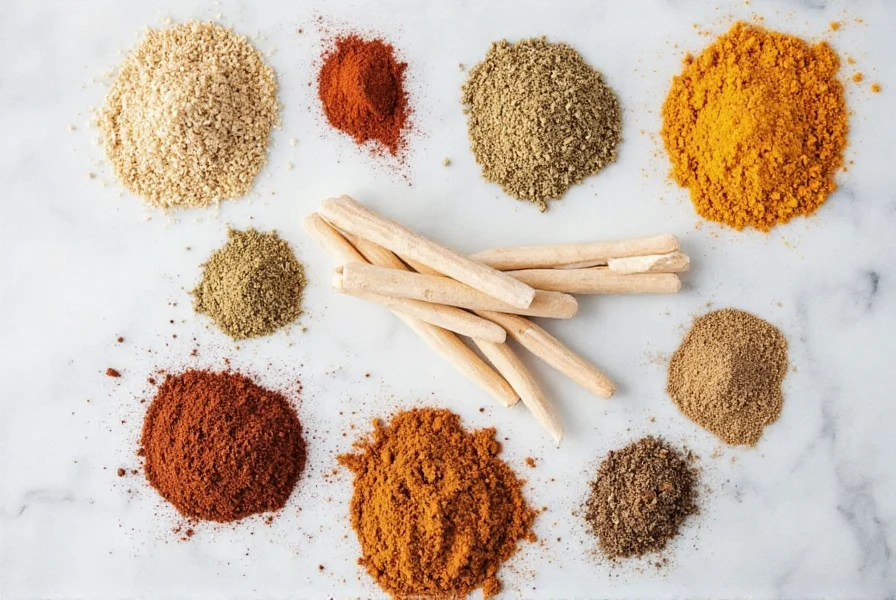


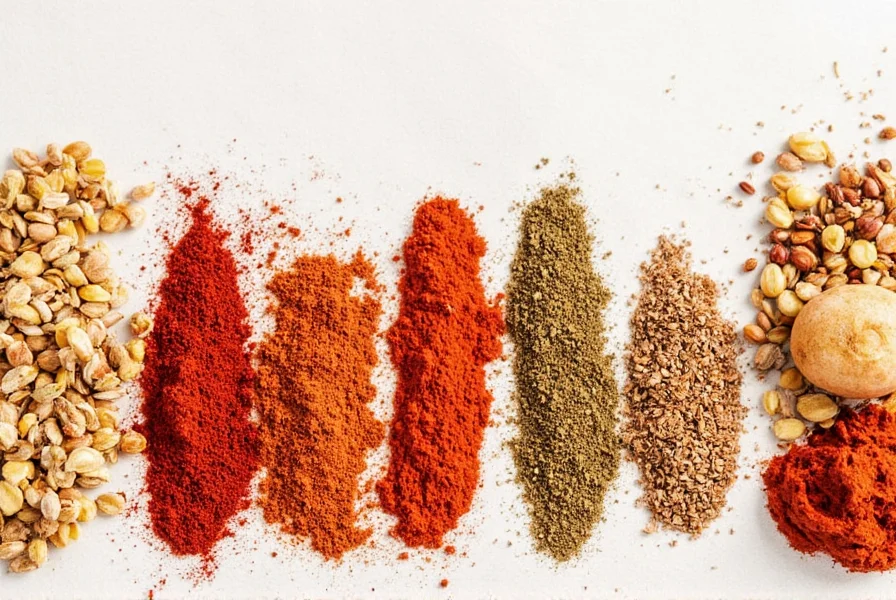
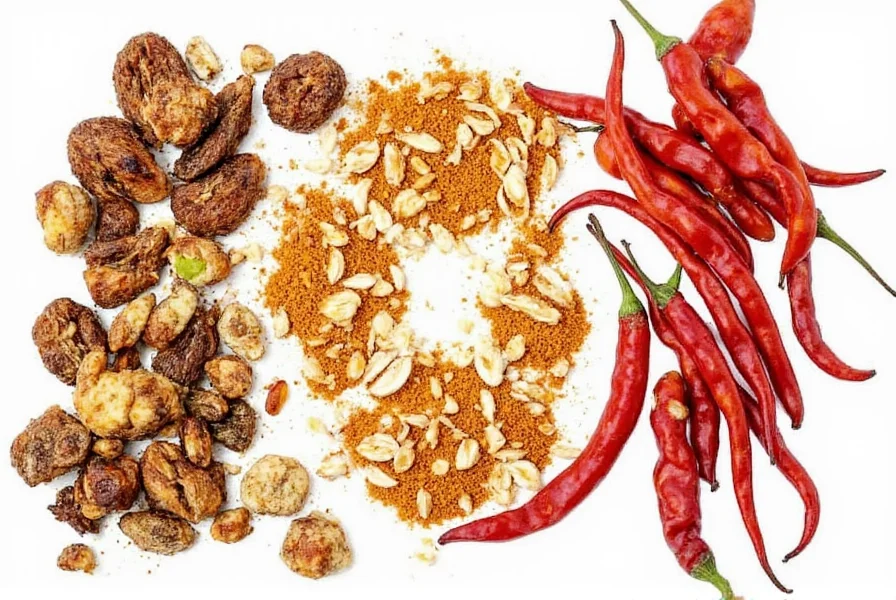
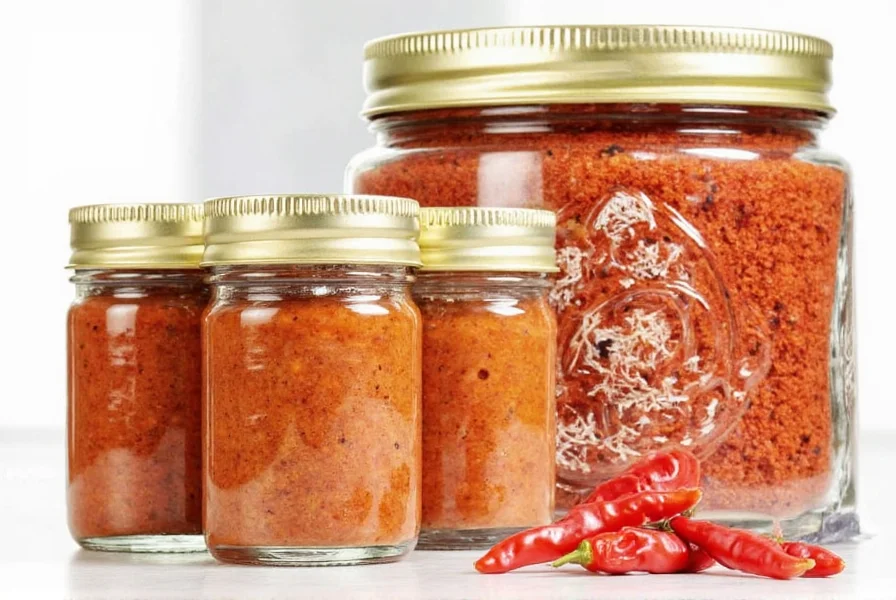
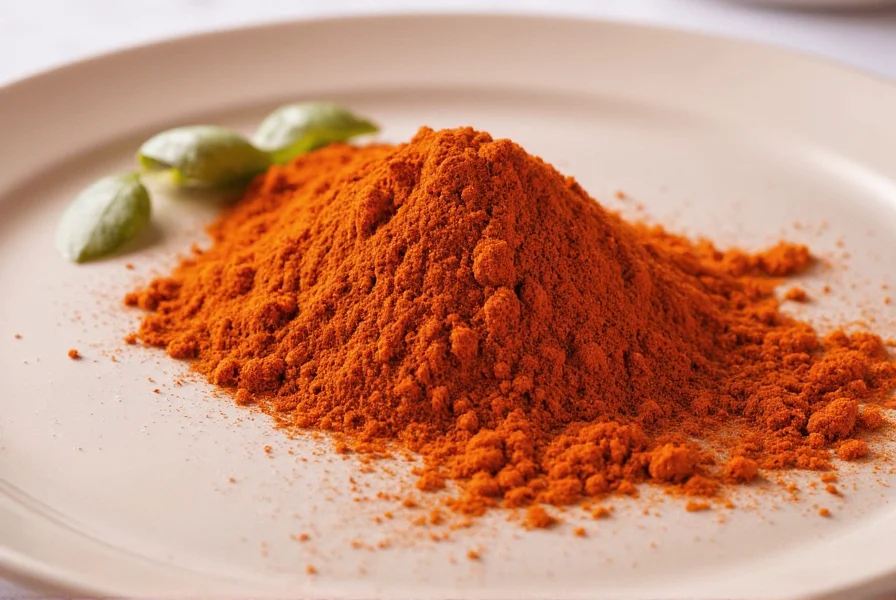
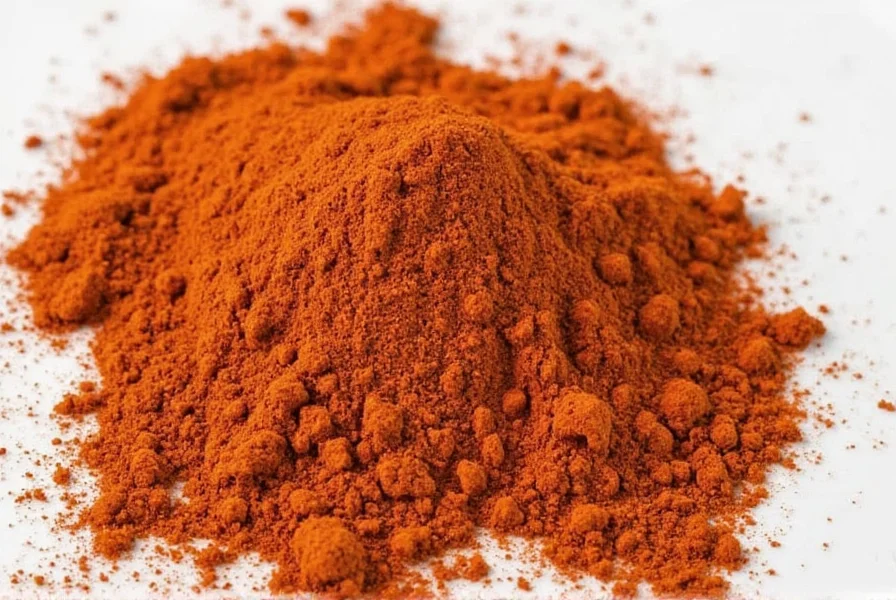


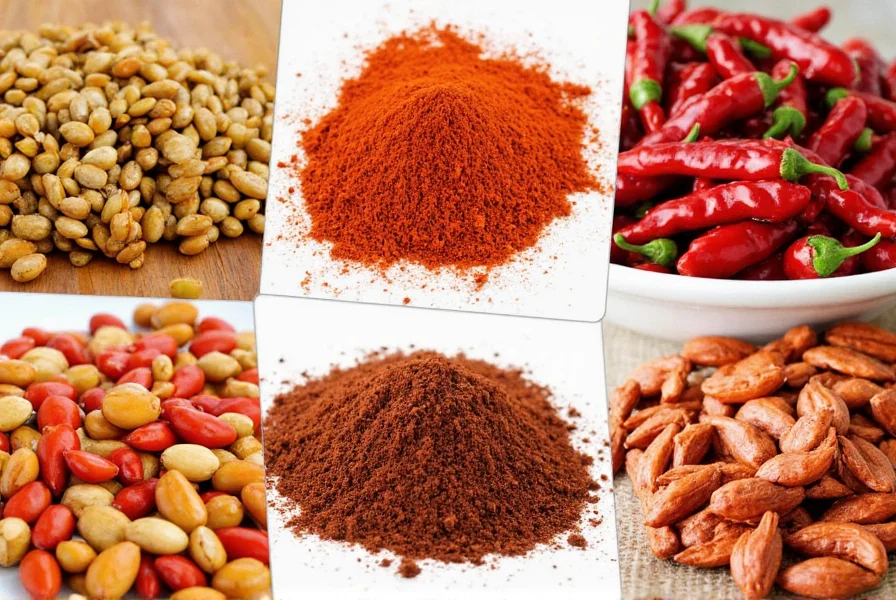









 浙公网安备
33010002000092号
浙公网安备
33010002000092号 浙B2-20120091-4
浙B2-20120091-4